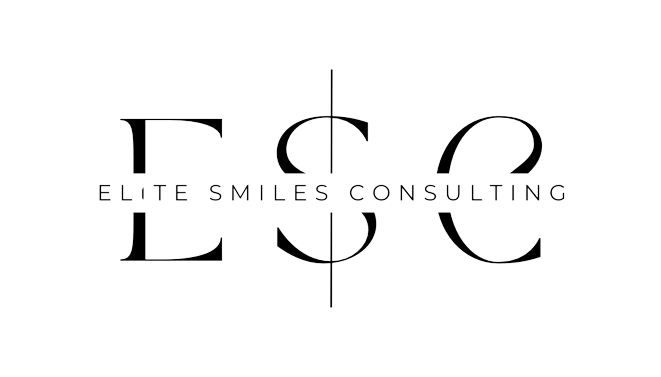
If used in conjunction with Accounting For Architects other tools and metrics, an investor can accurately analyze the health of an organization. Companies may return a portion of stockholders’ equity back to stockholders when unable to adequately allocate equity capital in ways that produce desired profits. This reverse capital exchange between a company and its stockholders is known as share buybacks. Shares bought back by companies become treasury shares, and their dollar value is noted in the treasury stock contra account. For this reason, many investors view companies with negative shareholder equity as risky or unsafe investments.
- This equation helps investors understand how much of a company’s assets will be left for shareholders after all debts are paid.
- Total liabilities are also broken down into current and long-term categories.
- A company releases its results, and the headlines mention “ book value ” or a change in equity.
- Stockholders’ equity might include common stock, paid-in capital, retained earnings, and treasury stock.
- Equity typically refers to the ownership of a public company or an asset.
- Shareholders Equity is the difference between a company’s assets and liabilities, and represents the remaining value if all assets were liquidated and outstanding debt obligations were settled.
What Is a Good Shareholders’ Equity Number?
In the stock market, shareholders’ equity (or owners’ equity for privately held companies), represents the difference between a company’s assets and liabilities. If all of the company’s assets were liquidated and used to pay off debts, the shareholder’s equity is the amount that would be left over. In the total stockholders equity case of an acquisition, it is the value of company sales minus any liabilities owed by the company that are not transferred with the sale.
Shareholder Equity Ratio: Definition and Formula for Calculation

Please read the OpenMarkets and Drivewealth Terms and Conditions, Disclosures and Customer Agreement documents before applying for a Pearler Shares account. But knowing what it is (and where it shows up) can help you read between the lines. It shows up in the balance sheet – usually right at the bottom, and for good reason. Get instant access to video Accounting Periods and Methods lessons taught by experienced investment bankers. Learn financial statement modeling, DCF, M&A, LBO, Comps and Excel shortcuts.

Equity: Meaning, How It Works, and How to Calculate It
Shareholder equity (SE) is a company’s net worth, or its total assets minus its total liabilities. It is equal to the total dollar amount that would be returned to the shareholders if the company were liquidated and all its debts were paid off. There are many shareholders’ equity ratios that you can calculate using the total shareholders equity value such as debt-to-equity ratio, return on equity or the book value of equity per share. A positive shareholder equity value shows that a company has enough assets on its balance sheet to cover all its debts and liabilities whereas a negative shareholder equity value shows the opposite.

- Perhaps the most common type of equity is “shareholders’ equity,” which is calculated by taking a company’s total assets and subtracting its total liabilities.
- Since repurchased shares can no longer trade in the markets, treasury stock must be deducted from shareholders’ equity.
- Equity is raised by a company through shares and this capital is then used to purchase assets, invest in projects, and fund operations.
- For instance, in looking at a company, an investor might use shareholders’ equity as a benchmark for determining whether a particular purchase price is expensive.
- That said, financial markets, economic conditions and government policies can change quickly, so it’s a good idea to double-check the latest info before making any decisions.
- Learn six steps to start buying stock, including researching the ones that interest you and deciding how many shares to buy.
The above formula sums the retained earnings of the business and the share capital and subtracts the treasury shares. Retained earnings are the sum of the company’s cumulative earnings after paying dividends, and it appears in the shareholders’ equity section in the balance sheet. Shareholder equity can also be expressed as a company’s share capital and retained earnings less the value of treasury shares. Though both methods yield the exact figure, the use of total assets and total liabilities is more illustrative of a company’s financial health. Stockholders’ equity refers to the assets of a company that remain available to shareholders after all liabilities have been paid. Positive stockholder equity can indicate that a company is in good financial health, while negative equity may hint that the company is struggling or overextended with debt.


